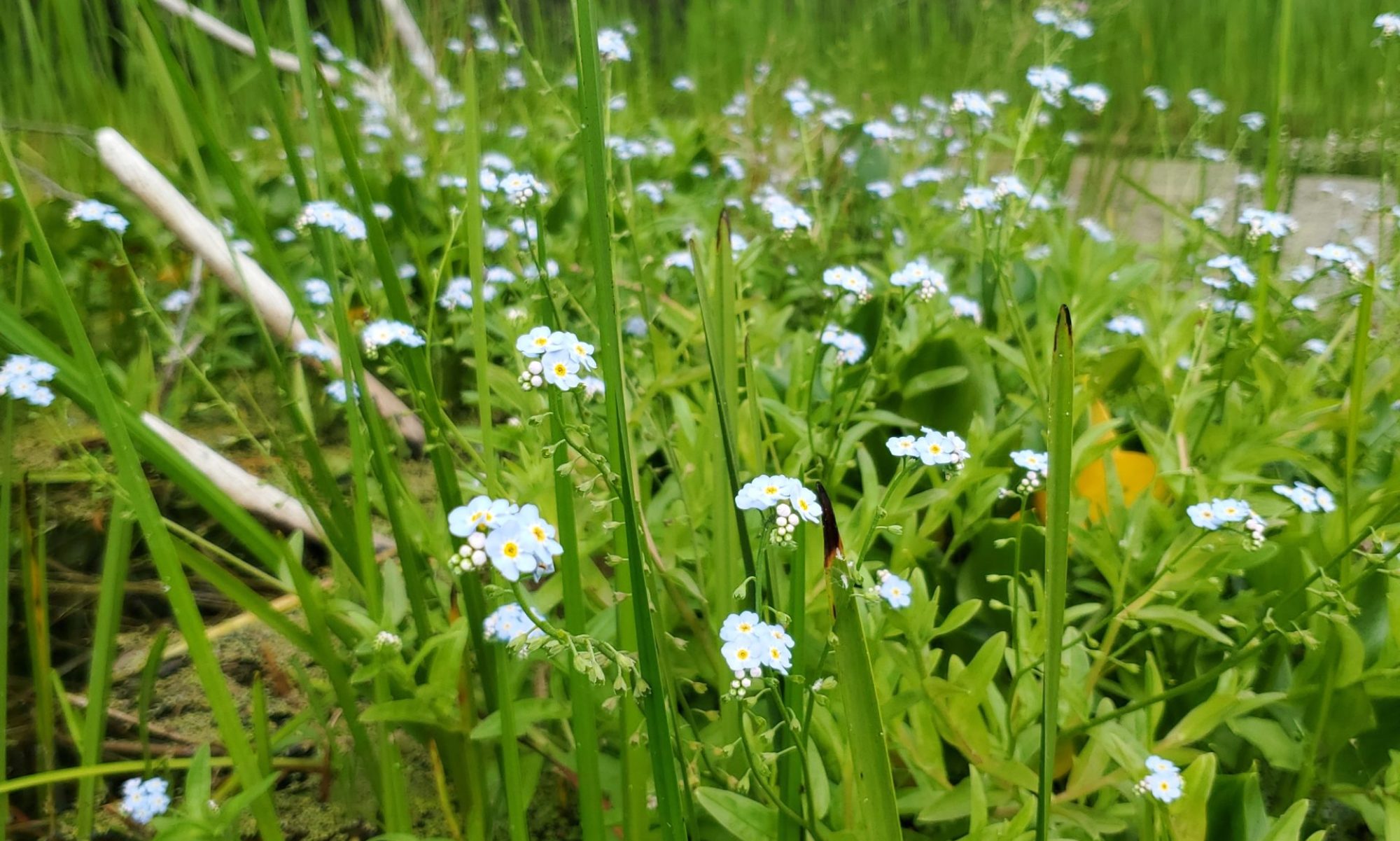Through learning about assessment I have become extremely interested in the different modes, methodologies, and opinions behind different techniques and I am beginning to be inspired to learn more and excited to put it into practice. I think this is because through these modes of assessment, once I have practiced them and become more comfortable with them, it can make my job of teaching much more fluid and ultimately allow for better comprehension of content amongst my students. While learning about assessment so far in this block I find that the information comes very naturally to me and motivates me to create a safe space in my classroom to allow for constructive feedback. Yet another element of teaching I have come to look forward to!
If I had to set two intentions for myself regarding assessment they would be:
- Do not get discouraged if my attempts at assessment do not yield the results that I was expecting or results that may be beneficial to myself and my students’ learning
- Try to base my assessment methods around what works best for my students, not around what I think is expected of me
My first intention comes mainly from reading Katie White’s text, Softening the Edges, and Regie Routman’s text, Reading Literacy: Engagement, Excellence, and Equity for All Learners, because they both discuss the importance of trial and error in assessment and feedback with their students. From reading the tales of these two ladies perspectives around assessment it is obvious that there is no standard of assessment that will work well for every teacher/student combination and therefore insists that assessment takes patience and an ability to adapt. However, I tend to expect a lot from myself in all elements of my life so I worry about trying an assessment technique and not getting the results that I was expecting, or perhaps results that would help my students expand their learning. If this were to happen, I would know that I have not only wasted my time but also the time of my learners, ultimately setting us all back in our learning. Thus, by setting this intention I think I will be able to remind myself that in my future classroom we are all learners and that the best way to further our learning together will be to develop a strong community in the classroom. Building relationships and making connections with my students and fellow colleagues will be my first step in sticking with this intention.
This brings me to my second intention: by making these connections in my school and being patient with my own learning around assessment I believe that I will be able to maneuver my assessment methods and techniques around what works best for my students. This may take more time to perfect… but as I have heard many times already since September (especially from Gretchen), we are never done developing our pedagogies and a good teacher is willing to shift their modes of teaching and assessment for the greater benefit of their students. I am interested to develop a deeper learning of assessment throughout the course of this program and my practicums so that when I am in a school employed as a teacher, I will be able to recognize when I need to shift my methods of assessment in such a way that it does not disrupt learning. With these intentions I think that I will be able to have patience with myself and my learners and remind myself that each classroom will be different than the last. Assessment should not fit a preconceived mold and should instead fit the community.
